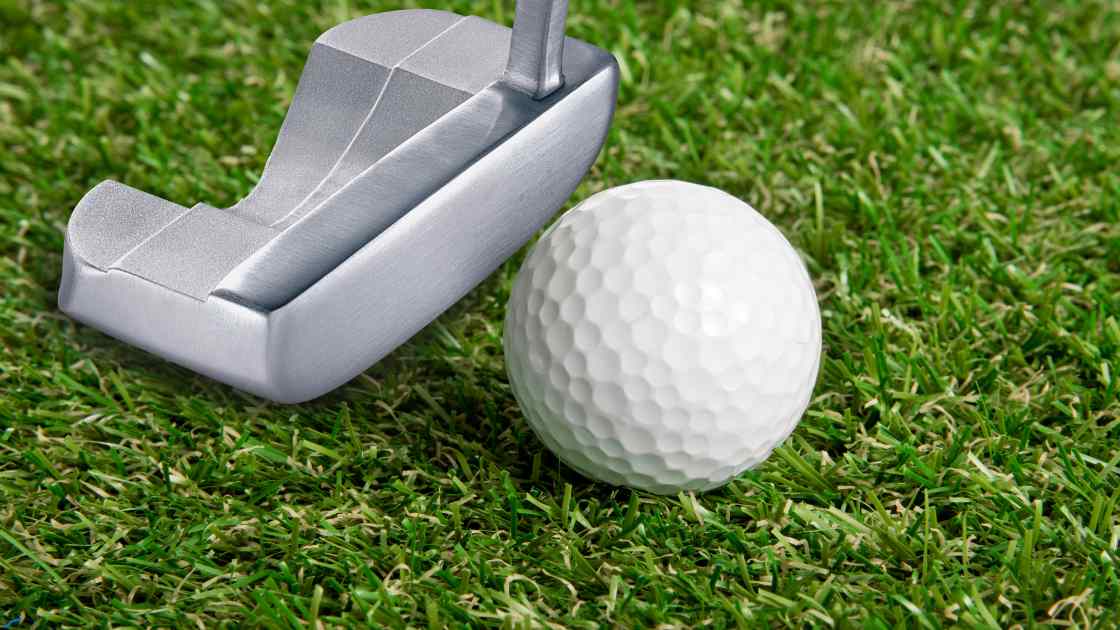In the last post, we covered how to develop precise distance control with wedges for better accuracy and consistency in your short game.
If you want to get better around the green, learning the Key Techniques for Mastering Flop Shots is a great place to start. A flop shot helps you lift the ball high and land it softly, which is perfect when you have little green to work with.
Many golfers find this shot tricky, but with the right steps, you can do it too. In this guide, we’ll break down the Key Techniques for Mastering Flop Shots using simple tips anyone can follow. And while you’re practicing, don’t forget that wearing the best golf shoes can help you stay balanced and confident through every swing.
Understanding the Flop Shot
A flop shot is a high, soft-landing shot played with an open clubface, allowing the ball to ascend steeply and descend softly onto the green. This technique is particularly useful when you need to clear an obstacle like a bunker lip or when the flag is tucked behind a hazard.
Key Techniques for Executing a Flop Shot
Open the Clubface: Start by opening the clubface to increase loft. This allows the club’s bounce to glide under the ball, preventing the leading edge from digging into the turf.
Adjust Your Stance: Position the ball forward in your stance, near your front foot. Open your stance by aligning your feet and hips left of the target (for right-handed golfers). This setup helps in swinging the club on a steeper path.
Weight Distribution: Keep your weight slightly on your back foot. This helps in maintaining the loft of the clubface through impact and prevents the leading edge from digging into the ground.
Swing Path: Take the club back on a steeper angle, hinging your wrists early. As you swing down, focus on sliding the clubface under the ball, making contact with the bottom half.
Follow Through: Ensure a full follow-through, allowing the club to continue its path after striking the ball. This promotes a higher trajectory and softer landing.
Common Mistakes to Avoid
Decelerating Through Impact: Avoid slowing down your swing as you approach the ball. Deceleration can lead to thin or fat shots. Commit to a full, confident swing.
Incorrect Ball Position: Placing the ball too far back in your stance can cause the leading edge to dig into the ground, resulting in fat shots.
Overopening the Clubface: Opening the clubface too much can make it difficult to control the shot. Find a balance that allows for loft without compromising control.
Recommended Wedges for Flop Shots
If you want to hit great flop shots, choosing the right wedge is very important. A good wedge gives you better height, spin, and control around the green. Here are some wedges that work well for flop shots:
One wedge has a cavity back design, which means it has more forgiveness and a bigger sweet spot. This helps you make better contact and improve your short game.
Another wedge also has a cavity back and helps launch the ball higher. This makes flop shots easier, especially for golfers who want more help getting the ball in the air.
You can also try a wedge that offers different lofts and grinds. This type of wedge gives you better feel and control, so you can adjust to different shots and turf conditions.
There’s also a wedge made with milled grooves, giving you extra spin and stopping power on the green. It mixes modern technology with a clean look.
Lastly, a wedge that many golfers like gives you many choices in lofts and sole designs. It’s great for players who like to be creative and try different kinds of short game shots.
Pick the wedge that feels right for you and matches your playing style to improve your flop shots.
Practice Drills for the Flop Shot
High Tee Drill: Place a tee about 2-3 inches off the ground and practice hitting flop shots over it. This drill helps in developing the necessary loft and swing path.
Obstacle Challenge: Set up a small obstacle (like a towel or headcover) a few feet in front of you and practice hitting flop shots over it. This simulates real-course situations where you need to clear an obstacle.
Distance Control: Practice hitting flop shots to targets at varying distances. Focus on controlling the height and distance of your shots to improve accuracy.
When to Use the Flop Shot
While the flop shot is a valuable tool, it’s essential to use it judiciously:
Clearance Needed: Use the flop shot when you need to clear an obstacle like a bunker lip or tree branch.
Soft Landing Required: Opt for the flop shot when you need the ball to land softly and stop quickly, especially on firm greens.
Short-Sided Situations: When the flag is tucked close to the edge of the green, and you have little green to work with, the flop shot can be effective.
Conclusion
Mastering the flop shot can really take your short game to the next level. By following the Key Techniques for Mastering Flop Shots, you’ll gain more control and confidence around the green. Remember, it takes practice, patience, and the right setup.
Keep working on these Key Techniques for Mastering Flop Shots, and you’ll see great results. And don’t forget that having the best golf shoes can give you the grip and support you need for every shot.
In the next post, we’ll dive into mastering the one-hop and stop wedge shot in golf. Learn the key techniques to improve your short game and control your approach shots.
















Leave a Reply